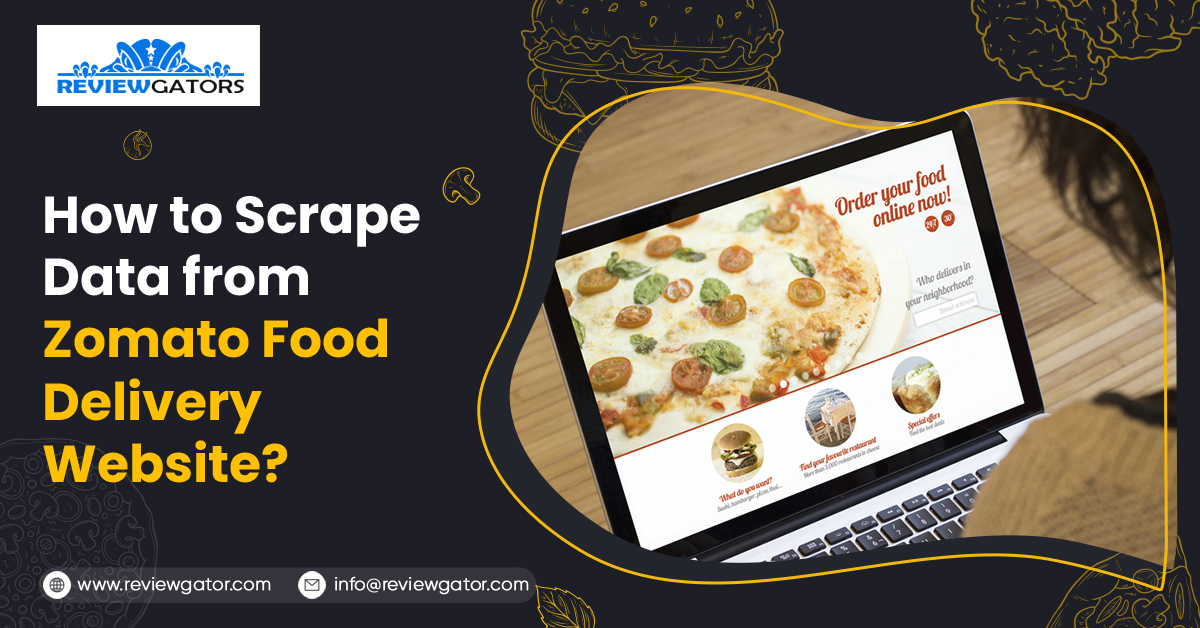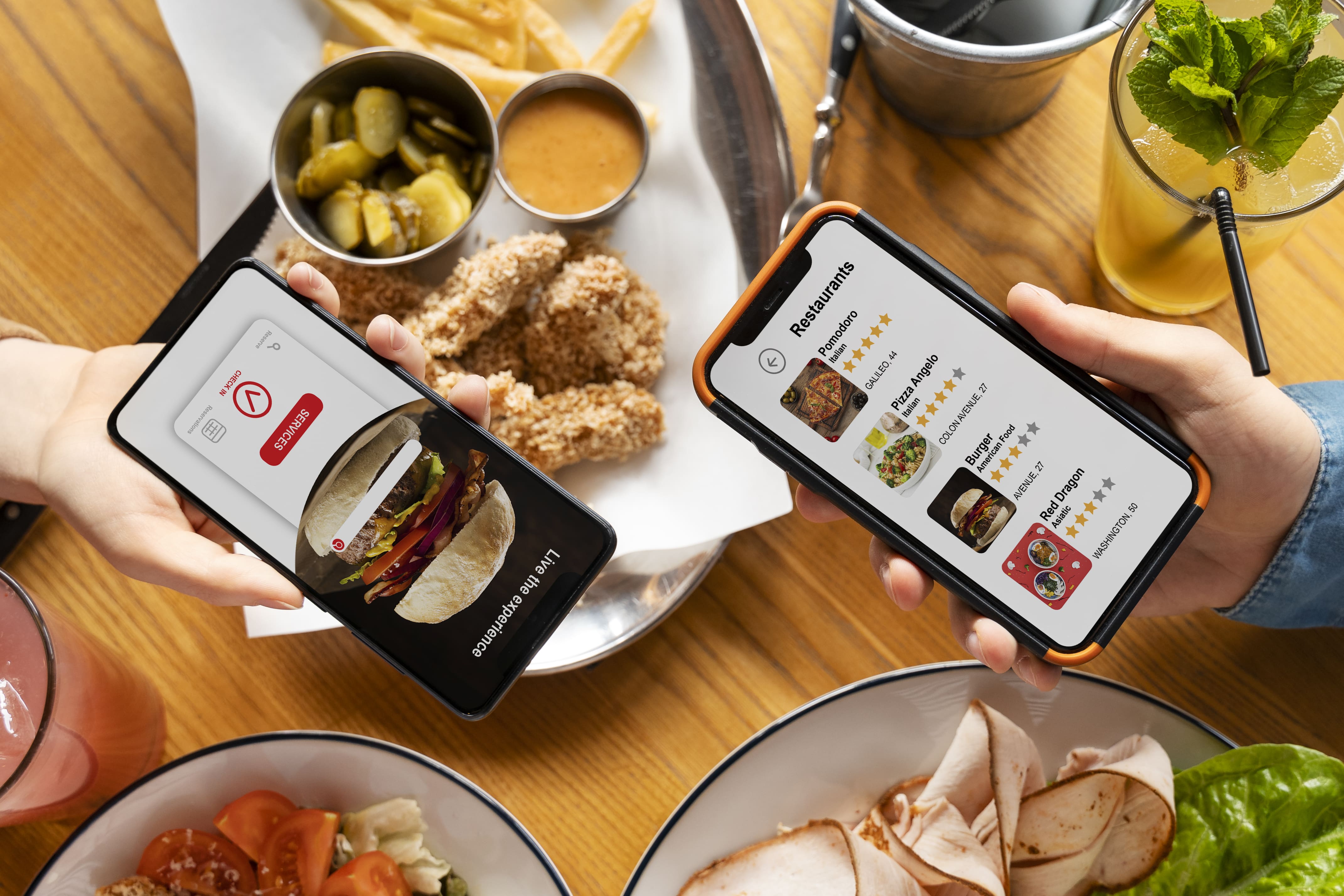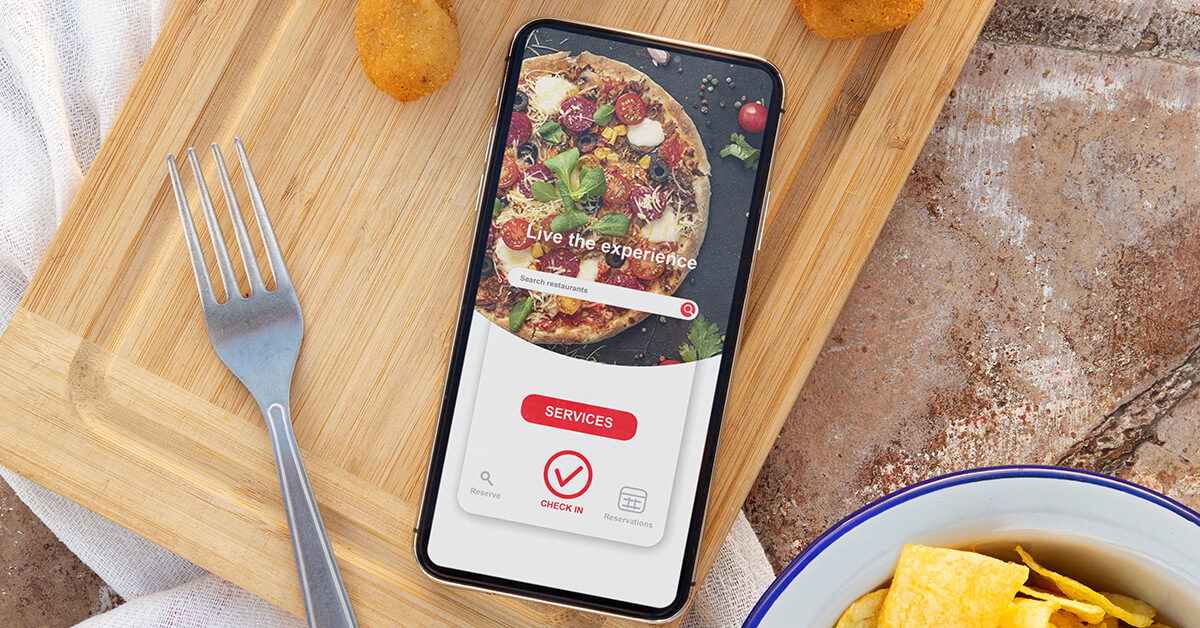Blog / In this blog, we will discuss Zomato web scraping, its importance, what data you can extract, and a step-by-step guide to get you started. So, let’s get started.
15 Sep 2023

Food delivery apps have become integral to our daily routine, making it convenient to explore, order, and rate meals from various restaurants. Among the prominent players in this field, Zomato shines as a top choice. Yet, for businesses and individuals aiming to gain a competitive edge or delve into market research, Zomato web scraping holds the key to unlocking valuable insights.
Zomato web scraping has become an essential tool for both organizations and individuals. It lets you obtain real-time information on the ever-changing food sector, track customer sentiment, and gain a competitive advantage. But how can you scrape data from Zomato's meal delivery website? What information to scrape, what is the best procedure, and how does it improve your delivery business?
In this blog post, we will discuss Zomato web scraping, its importance, what data you can extract, and a step-by-step guide to get you started. So, let's get started.

Zomato is a well-known meal delivery and restaurant discovery tool that works in a number of countries worldwide. Using Zomato, users can search for restaurants, browse menus, read reviews, and make meal orders for home delivery or takeout online. Zomato has become an essential component of the food sector, connecting customers with their favorite dishes and assisting restaurants in growing their companies, thanks to its user-friendly design and vast database.
Before we delve into the significance of gathering data from Zomato, let's take a moment to explore some eye-opening statistics that highlight the incredible expansion of the food delivery sector:
In recent years, the food delivery industry has experienced an astounding surge in growth, driven by a significant rise in demand, particularly during the challenging times of the COVID-19 pandemic.
In 2020, the worldwide food delivery industry was estimated to be worth $107.44 billion. As per the report by experts, it is predicted to grow at an impressive rate, with a projected Compound Annual Growth Rate (CAGR) of 12.8% from 2021 to 2028.
Zomato proudly boasts a vast user base comprising millions of individuals worldwide. This extensive user pool makes Zomato an invaluable data source for conducting comprehensive market research and devising effective business strategies.
As the food delivery industry evolves rapidly, data has become the driving force behind making informed decisions. Here's why scraping data from Zomato can be invaluable:
Understanding market trends and customer preferences is crucial in a highly dynamic industry like hospitality. By Zomato web scraping, restaurants can assess valuable information such as trending cuisines, popular dishes, and emerging dining trends.
According to Zomato’s data, vegan and plant-based menu items have seen a significant uptick in demand, providing a clear indication to restaurants to adapt their offering accordingly. Studies show that restaurants that incorporate trending items into their menus witness an average sales increase of 15-20% annually.

Creating a captivating menu is essential, and data from Zomato can be your palette. By analyzing which dishes receive the highest ratings and most positive reviews, you can optimize your menu to include crowd favorites. This not only enhances customer satisfaction but also increases revenue. In fact, restaurants that use data to optimize their menus report a 10-15% increase in average order value.
Pricing is a critical factor in attracting and retaining customers. Zomato web scraping allows you to analyze competitors' pricing strategies in your area. You can adjust your pricing based on market trends and customer expectations. If your restaurant offers premium dishes, but the market trend is towards affordable dining, consider introducing budget-friendly options. A survey by Nielsen revealed that 46% of consumers consider price the most crucial factor in their dining decisions.

Understanding customer sentiment is key to improving your restaurant's reputation and customer experience. Scraping Zomato reviews helps in monitoring customer sentiment. For instance, if customers consistently complain about slow service, you can take corrective action by improving staff efficiency. According to a study by Zendesk, 88% of customers are influenced by online reviews when making dining choices.
Food trends evolve rapidly, and staying up-to-date is crucial for relevance in the market. Zomato data can reveal emerging food trends, dietary preferences, and dining habits. This information lets you adapt your menu and marketing strategies to align with consumer preferences.
Maintaining consistent quality is paramount in the restaurant industry. Zomato data can be used to monitor the quality of your own restaurant's offerings and compare them to competitors. This helps ensure that your food and service meet or exceed customer expectations.

Extracting food delivery data using Zomato Scraper can be beneficial in various ways. For example, you can use it for market research, competition analysis, and the development of your own food delivery platform. Here's a step-by-step tutorial for scraping food delivery data
Start with defining your goals and determine what kind of specific data you need to scrape. You must consider the websites or platforms you want to target and the information to extract, including restaurant names, menus, prices, reviews, or delivery times.
Now choose a programming language for web scraping. You can choose any of the programming of your choice. But Python is one of the best as it have extensive libraries like BeautifulSoup and Scrapy. So before starting, make sure you have installed these libraries.
pip install requests beautifulsoup4
Choose the food delivery platform or websites you want to scrape. Popular options include Grubhub, UberEats, DoorDash, and local food delivery websites.
Open the target website in your browser and use the browser’s developer tools to inspect the HTML structure. This will help you identify the location of the data you want to scrape and its HTML elements (tags, classes, IDs, etc.).
Create a Python script using the data from the desired website. Here is how to use BeautifulSoup and scrape data:
```python
import requests
From bs4 import BeautifulSoup
# Replace with the URL of the page you want to scrape
url = 'https://www.example.com/food-delivery'
# Send an HTTP GET request
response = requests.get(url)
# Parse the HTML content
soup = BeautifulSoup(response.content, 'HTML.parser')
# Find and extract data
restaurant_names = [name. text for name in soup.find_all('div', class_='restaurant-name')]
menu_items = [item. text for an item in soup.find_all('div', class_='menu-item')]
# Add more code to extract other relevant data
# Print or save the extracted data
for name, item in zip(restaurant_names, menu_items):
print(f Restaurant: {name}, Menu Item: {item}')
If the data spans multiple pages, you will need to handle pagination. Typically, you will find pagination links or buttons on the website. You can follow these links programmatically to scrape data from all pages.
Some websites employ anti-scraping measures like CAPTCHAs or IP blocking. You may need to implement strategies to bypass these, although always ensure you adhere to ethical and legal scraping practices.
Once you have decided and scraped the data using libraries, you can save it in various formats like CSV, JSON, or a database for further analysis.
Always be mindful of the website's terms of service and the rules specified in the website's "robots.txt" file. Make sure your scraping activities comply with these guidelines.
In conclusion, it is clear that data extraction from this food delivery giant offers a wealth of opportunities for businesses and individuals alike. In today's dynamic food industry, where trends evolve rapidly, and customer preferences change, having access to real-time data is invaluable.
Zomato web scraping enables you to gain market insights, optimize your menu, fine-tune your pricing strategy, analyze customer sentiment, stay on top of emerging trends, and ensure consistent quality. By scraping key information such as restaurant names, addresses, ratings, menus, and more, you can make data-driven decisions that can significantly impact your success in this competitive landscape.
Feel free to reach us if you need any assistance.
We’re always ready to help as well as answer all your queries. We are looking forward to hearing from you!
Call Us On
Email Us
Address
10685-B Hazelhurst Dr. # 25582 Houston,TX 77043 USA